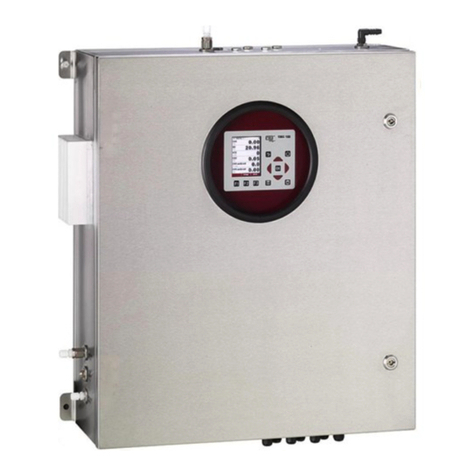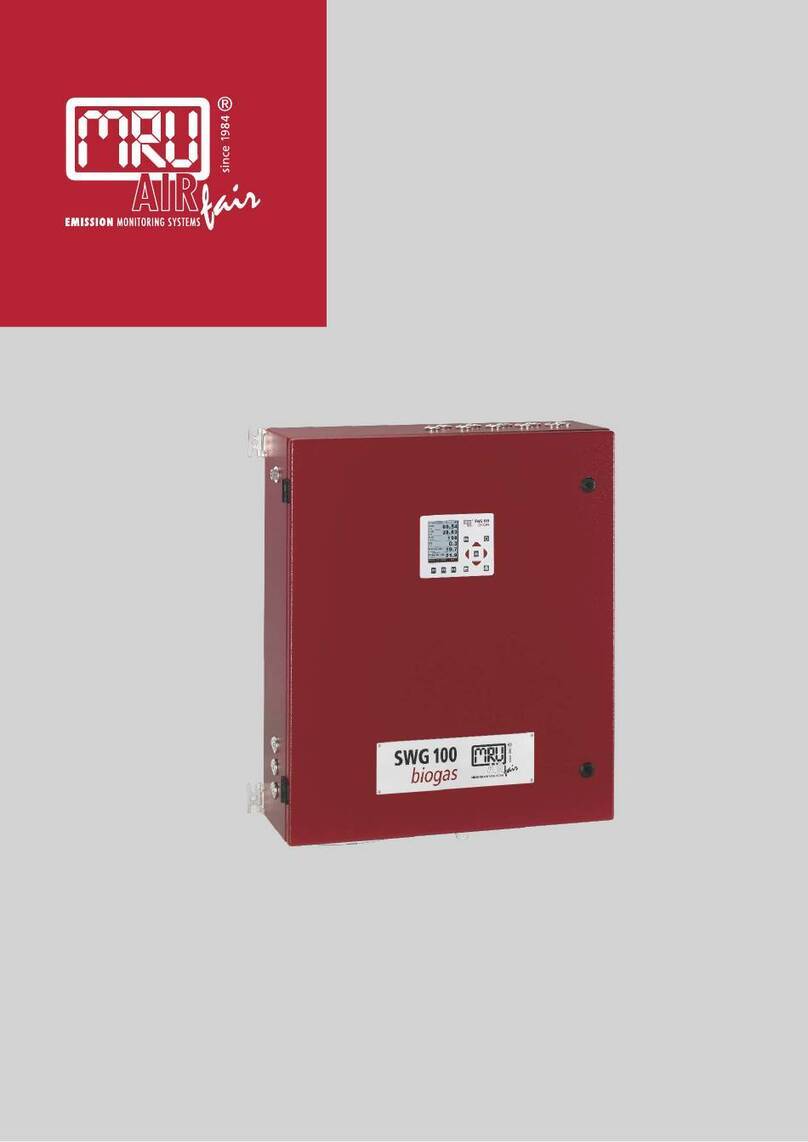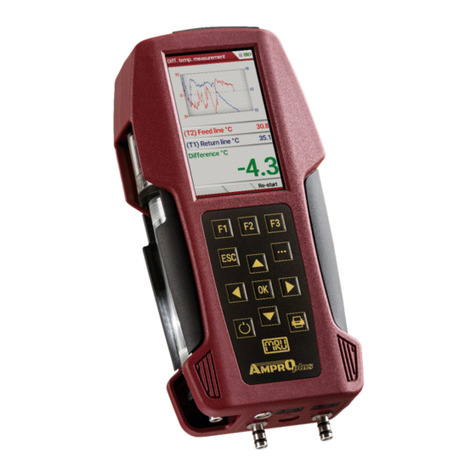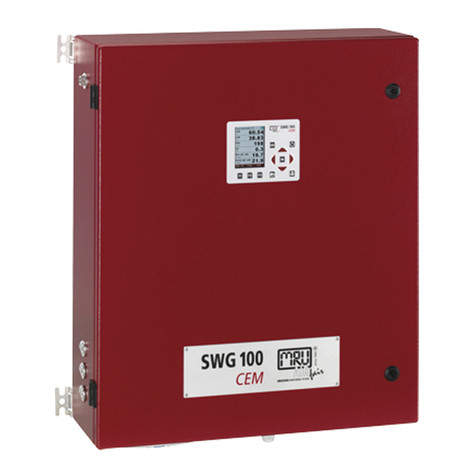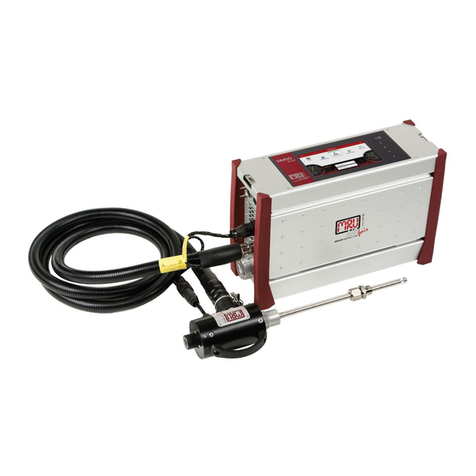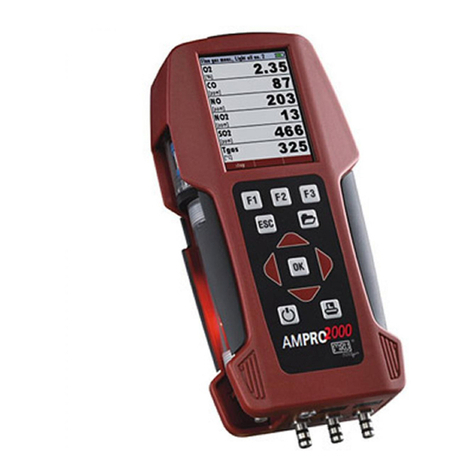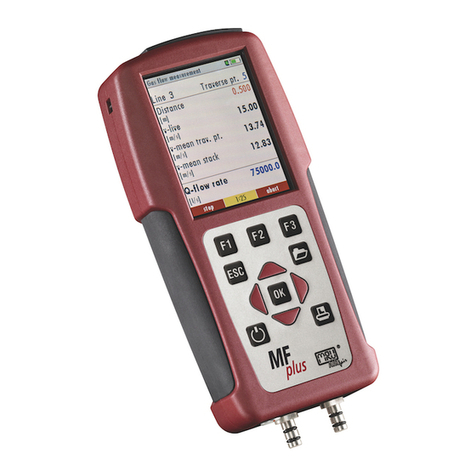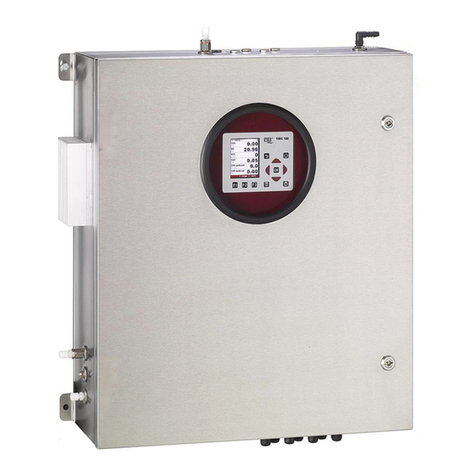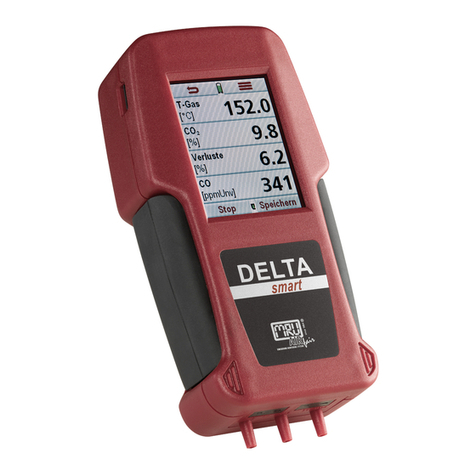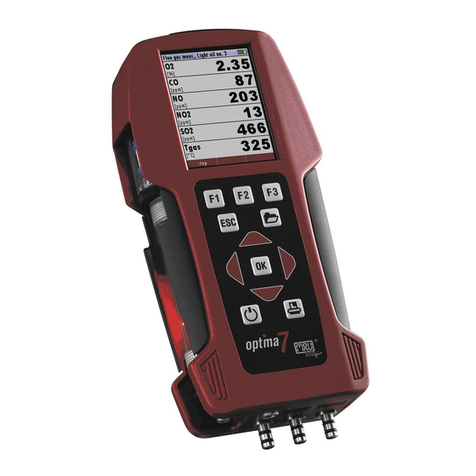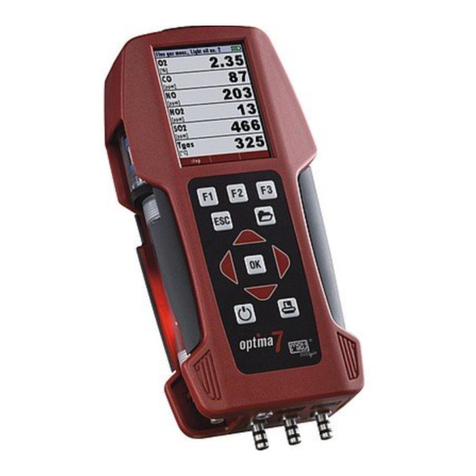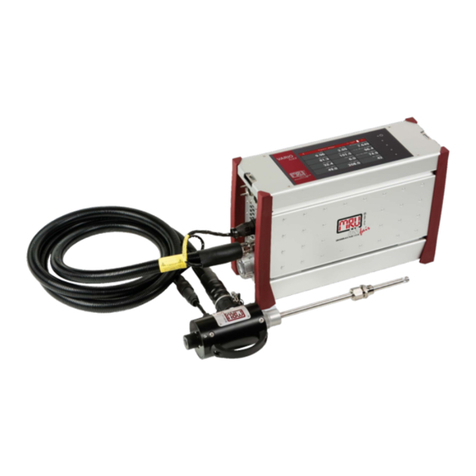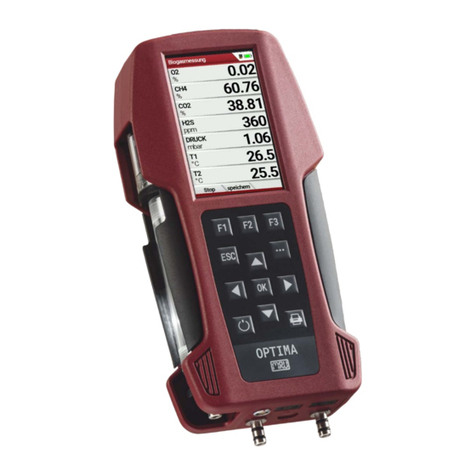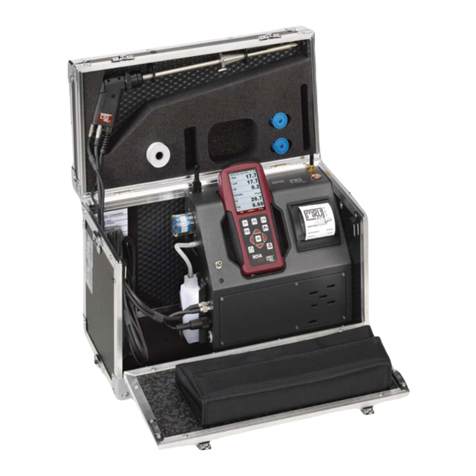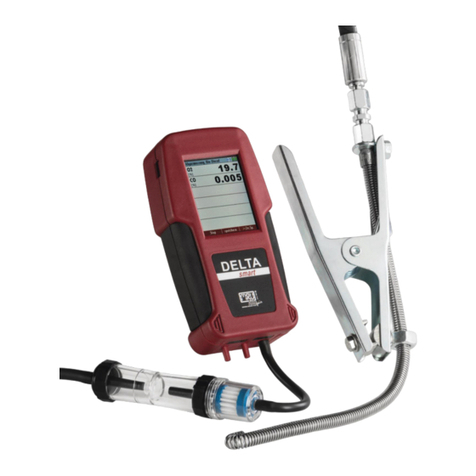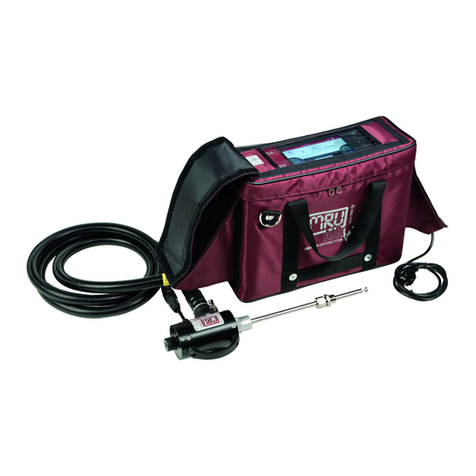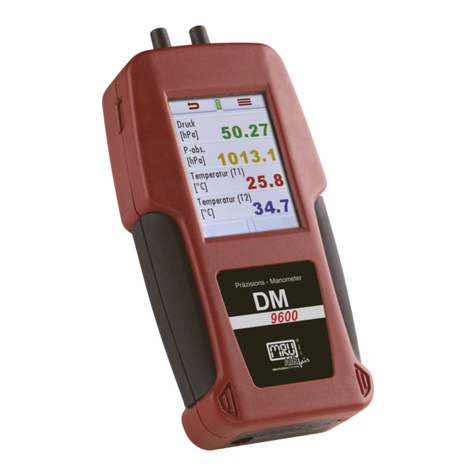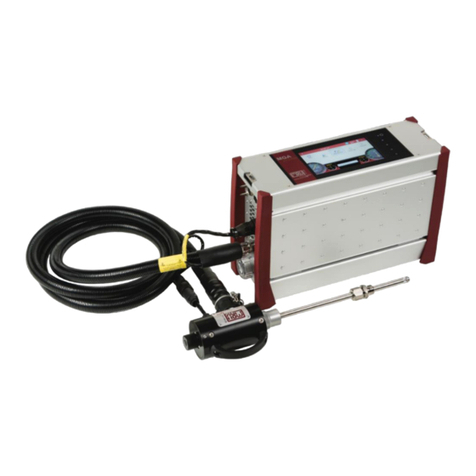MRU GmbH SWG 100 User Manual
Page 4of143
10.1. Cycle configuration.......................................................................................................57
Administrator PIN code..............................................................................................................63
10.2. Power-Onof analyzer...................................................................................................63
11. Operating the analyzer.............................................................................................. 65
11.1. General process ofthe measurement cycle.........................................................65
11.2. Data Storage Menu.......................................................................................................68
11.3. Extra menu: Overview..................................................................................................71
12. Power up and commissioning the analyser................................................................. 81
12.1. Power up the analyser.................................................................................................82
12.2. Check country and language....................................................................................83
12.3. Check date and timeof the instrument.................................................................83
12.4. Configure sampling points.........................................................................................83
12.5. Configuration of the alarm relays............................................................................84
12.6. Configuration of the Modbus....................................................................................86
12.7. Configuration of the external control (Option: IO module) ...........................88
12.8. Configuration of the analog outputs at theI/O module.................................92
12.9. Configure alarm output of I/O module..................................................................93
12.10. Configure the AUX-inputon software-side:....................................................95
13. Operating the analyser................................................................................................... 97
13.1. Administrator PIN code...............................................................................................97
13.2. Power-Onof analyser...................................................................................................97
13.3. Self-Test.............................................................................................................................97
13.4. Mainmenumeasurement..........................................................................................98
13.5. Data Storage..................................................................................................................101
13.6. Power-Downof analyzer...........................................................................................102
13.7. Backup/restoreall individual user-settings........................................................105
13.8. Defaultconfiguration.................................................................................................105
13.9. Update thefirmware..................................................................................................107
14. Service and maintenance............................................................................................. 110
14.1. Preparingand informationabout themaintenance.......................................110
14.2. Regular maintenance worksby the operator....................................................111
14.3. Position andoverview of the service-parts........................................................112
14.4. Cleaningthe surfaceof SWG100............................................................................117
14.5. Maintenance of the switch-off relay (K2) and the solenoid valve for CH4
supervision...................................................................................................................................117
15. Exchange of electrochemical sensors........................................................................ 119
15.1. Analyzer calibration....................................................................................................125
16. Technical specification ................................................................................................ 127
17. Declaration of conformity ............................................................................................ 131
18. APPENDIX ..................................................................................................................... 133
18.1. General information....................................................................................................133
18.2. Special informationen about the Modbus Slavefunction............................133
18.3. Special informationen about the Profibus Slave function............................134
19. Defined registers to be read by the master................................................................ 135
19.1. Analyser Status (address0 and some mirror addresses)...............................139
19.2. Analyser System Alarm (address 2 and some mirroraddresses)................140
19.3. Spare parts list...............................................................................................................141
